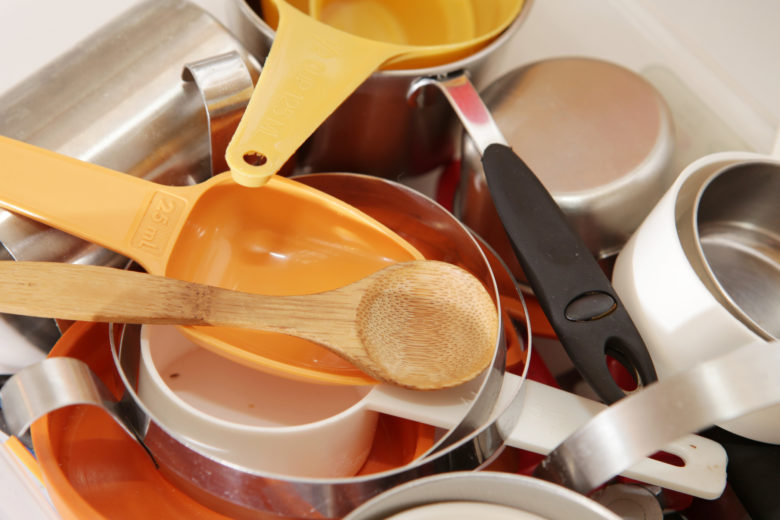
If a recipe calls for a “stick of butter,” how many tablespoons is that? If you’re from the United States, Liberia or Myanmar, you know the answer is eight; anywhere else, and chances are you’d need to grab a calculator or Google it.
Around the world, scientists and engineers use the metric system for medicine and research, and many businesses use it for trade. But when it comes to recipe development, there is no universal standard for measuring ingredients — which can be problematic whether you’re a dietitian with foreign clients or a blogger with an overseas audience.
There are currently three systems at play:
- American cooks (and a few Caribbean countries) use U.S. Customary Units, which measure ingredients primarily by dry volume (teaspoons, tablespoons, cups and pounds) and liquid volume (fluid ounces, pints, quarts and gallons).
- Cooks from most other countries use a modern form of the metric system (the International System of Measurement), which measures food in weight (grams) and fluids in liters.
- To complicate things further, some British cooks use a combination of the imperial system and metric system because England is still in the process of converting its standard.
Where does that leave those of us trying to think outside geographical borders? Here are some pointers for preparing and sharing recipes:
Look for a Country of Origin
When you discover a recipe in a book or online, it is helpful to know in which country it was published if the measurement system being used isn’t readily obvious (more likely in the case of family favorites or recipes that have been passed down).
Invest in Multi-system Cooking Utensils
Digital scales offer metric conversions at the touch of a button. Many liquid measuring cups come with U.S. and metric system measurements, and there also are measuring spoons, dry measuring cups and cookware indicating both systems.
Use a Conversion Tool
You could use a table and a handheld calculator, but there are a plethora of conversion tools to help you do the math. To avoid inaccurate proportions, make sure you convert all of the recipe ingredients — otherwise, you could end up with inaccurate proportions. Lastly, not all conversion calculators are food specific — but here are a few tools to try:
- Convert-Me.com (free online tool)
- Kitchen Calculator PRO (Apple app)
- Smart Chef Conversions Kitchen Calculator (Apple app)
- Kitchen Converter (Android app)
- Kitchenmate Cooking Converter (Apple app)
- Kitchen Conversions (a free widget you can add to a blog or website to allow consumers to convert ingredients).



